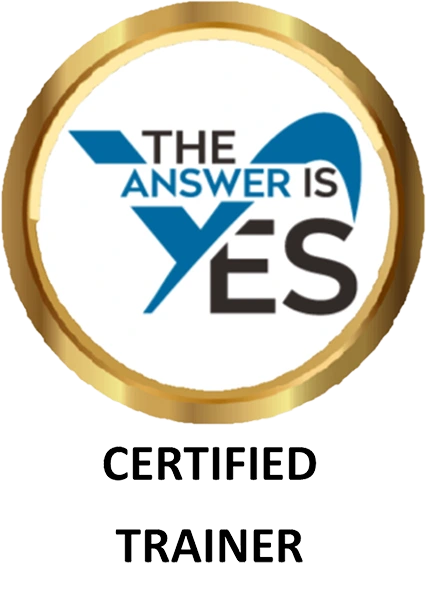“We don’t care what people know, we care what they do. It’s all about performance.” – Michael Allen
Asynchronous e-learning’s claim to fame is that it is practical and cost effective. That is true, in some circumstances for certain content. But I have a real beef with what I see as an over reliance on it.
If the intent is to build technical knowledge and skills, using the more interactive and participatory e-learning programs makes sense. (This assumes that the content is up-to-date.) They can be useful for teaching people how to do something and giving them a chance to test their learning in simulated situations.
But life isn’t static. There is no guarantee that those simulated situations will be replicated in the individuals’ real lives.
And people are social beings. If the skill to be learned is a social skill (interpersonal communication, leadership, negotiation, conflict management, presentation, etc.) these are face-to-face interactions that require face-to-face learning settings. Face-to-face communication is highly nuanced with verbal and nonverbal indicators. Also, it’s one thing to type in how you plan to handle a situation. It is an entirely different thing to become comfortable actually speaking the necessary words and interacting with a real person.
It was long thought that lecture was the best teaching method because a lot of content could be covered for a large number of people at the same time. We have since learned that lecture can only accomplish knowledge- it can’t build real skills because there is no opportunity to practically apply that knowledge.
It’s the same thing with asynchronous e-learning. It is given much too much credit for learning results that it can’t really deliver. Typically, it can provide knowledge and check for understanding. The more expensive asynchronous e-learning can provide simulated application.
However, online simulations cannot be responsive to the needs of individual learners, who may want to practice their new skills on real workplace issues rather than artificial ones. They need ample practice to build their confidence, so they can feel capable of handling the issue once back on the job.
If virtual learning is necessary because is too difficult or costly to bring everyone to the same place, then please use synchronous e-learning such as webinars in Skype or Zoom or some similar online application that has chat room and other interactive participant functions. Their video capabilities will make it possible for the participants to interact face-to-face without being in the same room.
Let’s be realistic about what asynchronous e-learning can and can’t accomplish. Begin with the end in mind. What do you want the participants to be able to do at the end of the learning experience? If it is to know and understand new policies and procedures, then asynchronous e-learning is a good choice. If it is to conduct a performance appraisal or negotiate a deal, face-to-face learning is best. And if it must be handled virtually, synchronous e-learning is the solution.
What do you think? How do you use the different types of e-learning?
May your learning be sweet.
Deborah





